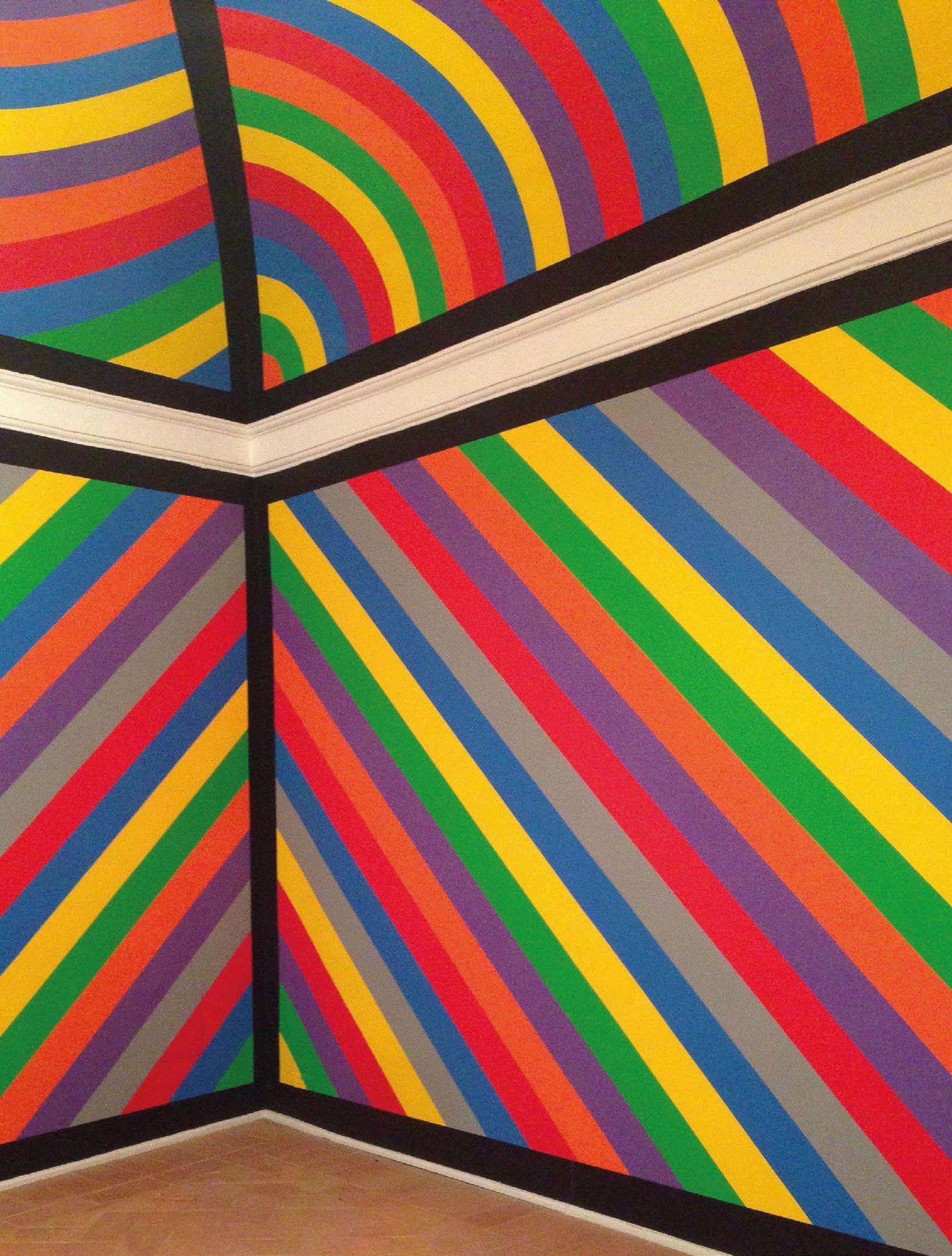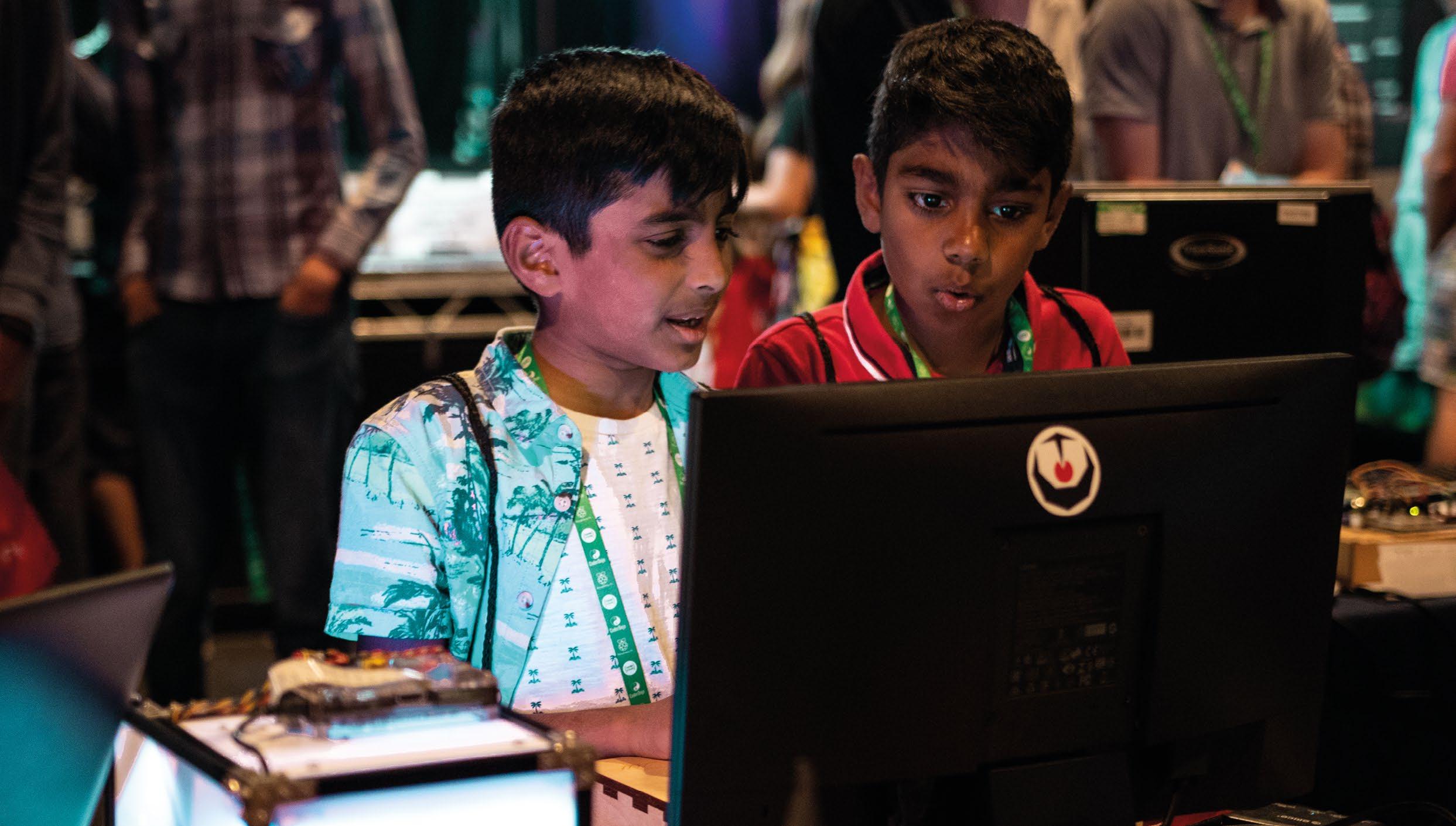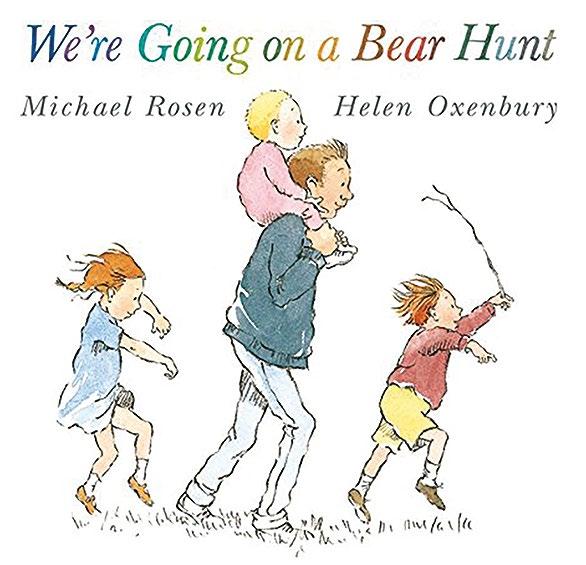RESEARCH
ADDRESSING STUDENTS’ ALTERNATIVE CONCEPTIONS Addressing misconceptions in computing develops students’ understanding, development and confidence lternative conceptions (often referred to as misconceptions) are beliefs commonly held about a concept by students that are overly simplified or inaccurate. Where these beliefs contradict with reality or accepted scientific understanding, they can cause confusion and affect students’ efficacy and, ultimately, their performance.1 It is therefore vital that computing educators understand commonly held alternative conceptions, how they arise, and how they can be addressed.
A
Although there is little research that has evidenced this, we suspect there are a number of alternative conceptions around computing. We must therefore also look to research in other subjects that form the traditions that underpin computing, in particular maths, science, and engineering. Some psychologists claim that alternative conceptions can be very persistent.2 In presenting learners with accurate conceptions that challenge their existing understanding, a state of “cognitive disequilibrium”3 is reached, in which
Sources of alternative conceptions
SUMMARY Alternative conceptions (commonly known as
■ Factual misconceptions derive from false facts
misconceptions) can develop when new knowledge
or information that have been assimilated into
conflicts with a learner’s existing mental models.
memory without being challenged
Alternative conceptions can be categorised as:
Become familiar with commonly occurring misconceptions:
■ Preconceived notions are intuitive but
inaccurate leaps made about new ideas, based on existing knowledge ■ Non-scientific beliefs can arise when a
learner’s mental models have been informed
■ Review existing research into alternative
conceptions in computing ■ Reflect on your own experience ■ Share common alternative conceptions with
your peers and the community
by non-authoritative sources and are counter to accepted science ■ Conceptual misunderstandings occur when
instruction fails to challenge existing mental
Identify alternative conceptions through: ■ Varied opportunities for classroom talk ■ Diagnostic multiple-choice questions
models and learners attempt to resolve these independently with mixed success ■ Vernacular misconceptions occur where
104
Effective ways to address alternative conceptions include:
new terminology is the same as that used in
■ Constructing individual or group concept maps
another context or everyday language, but with
■ Reach consensus around a concept using
another meaning
The Big Book of Computing Pedagogy
learners must reconcile the conflicting pieces of information. While this creates an opportunity to replace an alternative conception, learners may choose to discard accurate information that doesn’t fit with their existing mental models. Educators therefore need to be aware of common alternative conceptions that their learners may hold. They should develop a range of strategies that support learners through their misconceptions, encouraging them to recognise them as wrong, but without labelling them in this way.
peer instruction
According to Piaget, learners build new understanding by combining experience with existing mental models. Educators help facilitate this learning by providing learning experiences and supporting learners to integrate the experience with their existing understanding. An alternative conception can arise in a number of ways when learners’ experiences and their mental models interact in different ways. Research4 from science education proposes five categories of alternative conceptions: ■ Preconceived notions involve learners making intuitive conceptual leaps based on their everyday experience. They do not have sufficient relevant experience of a concept or phenomenon, so they use their existing experience to fill in the gaps. For example, learners who are used to Scratch, which automatically handles concurrent execution of code, may expect similar behaviour from Python.









































